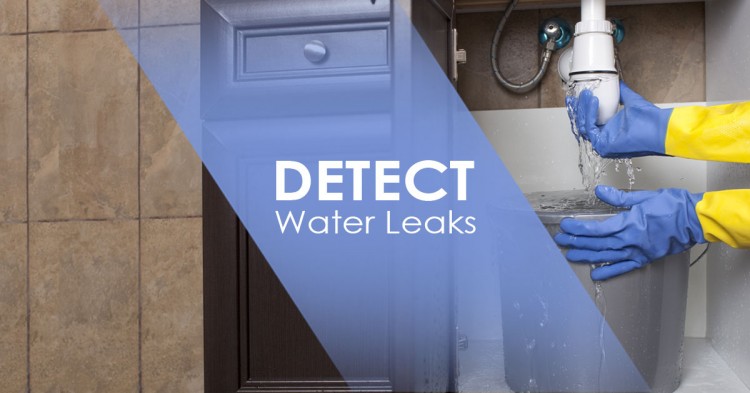
Quick Guide To Water Leak Detection At Home
Water is a precious natural resource that we all need to look after. Wasting it isn’t just potentially damaging to the environment, it is also likely to cost you money as even the smallest drip can amount to a significant amount of water and money over the cause of a year.
To make sure you’re not wasting water or money you should check your plumbing system on a regular basis to ensure there are no leaks. Here’s what you need to do:
Add A Pump
This may seem like an unusual way of searching for water leaks but if you add dewatering pumps to the lowest point of your house you’ll be able to remove any excess water without causing any damage to your home.
In addition, it’s worth checking out the pumps in your home, you may have them to provide enough pressure for your shower or even your drinking water.
The joints of the pumps are prone to leaking, check them thoroughly for signs of leaks or corrosion, you may need to replace the connections or even the pump.
Check Your Meter
Perhaps the first thing you should do is to locate your water meter, this will ensure you can shut off your water supply if you have a large leak.
Once you have found the meter make sure that all appliances in your home are turned off. You can then take a meter reading and wait 30-60 minutes before taking another. If the reading has changed you’ve either missed a water source or you have a leak.
Visually Inspection
You need to look under the sinks to check that there is no water under your pipes or running down the pipes. If it’s hot the water may never drip but evaporate on the pipe. In this case, you’ll see signs of corrosion around the joints in your pipework.
You should also look at the floorboards, walls, and even ceilings to see if you can locate any stains or damp patches. These are probably a result of leaking plumbing although a ceiling stain could be a result of a leaking roof.
Pressure Relief Valves
Pay particular attention to pressure relief valves, these will be fitted to your water heater and can be plumbed directly to the drain, this means you won’t be aware that they are allowing water through, indicating either a leak in the valve or a defective valve that needs replacing.
Toilets
A toilet that appears to be constantly running indicates an issue with the flush, this is usually easy to sort and the leak will be going straight down the toilet, making it easy to miss or forget about. But, it will be a costly issue.
Outside Taps & Pipes
It is also important to check any outside taps, they can easily leak without being noticed and are particularly exposed to the elements.
If you do find a leak take action quickly or cal in professional help, the cost of a plumber visiting is much less than you’ll spend on wasted water.



